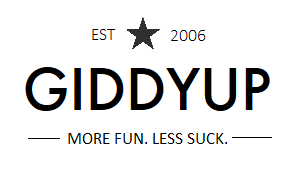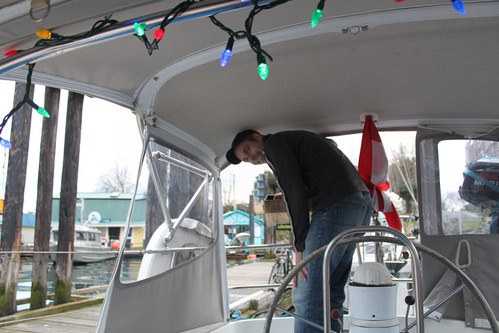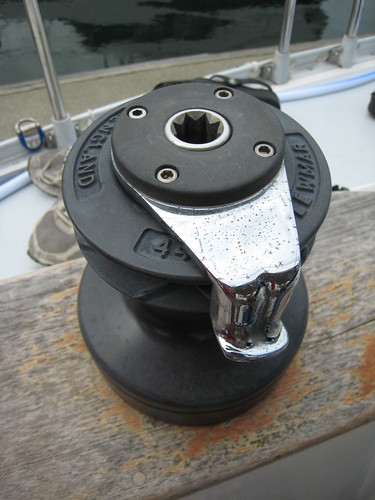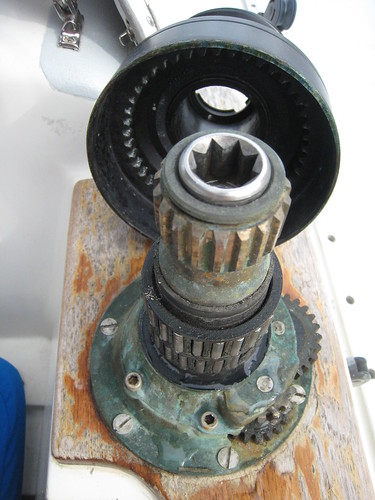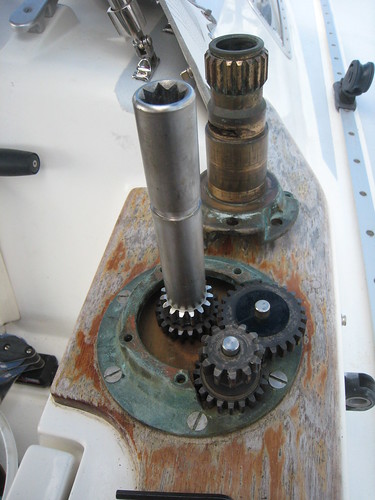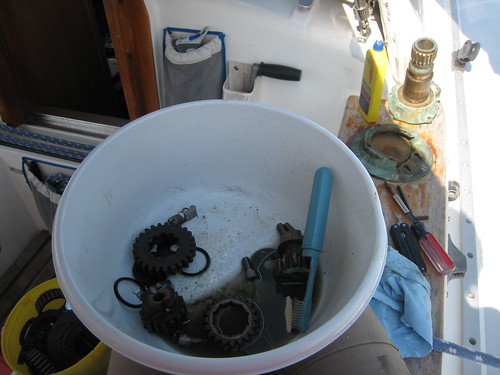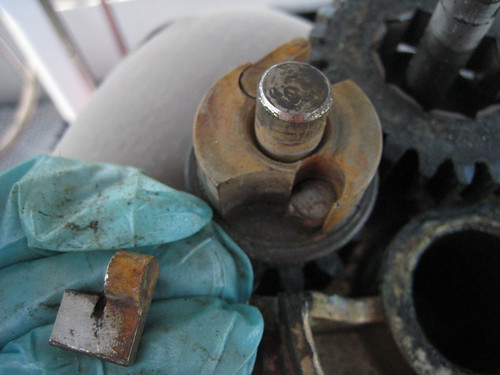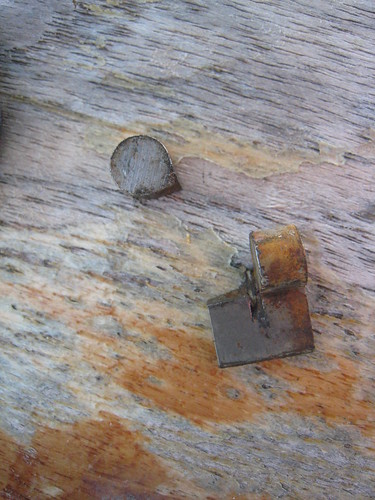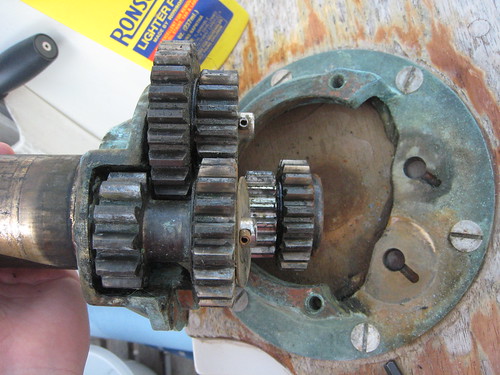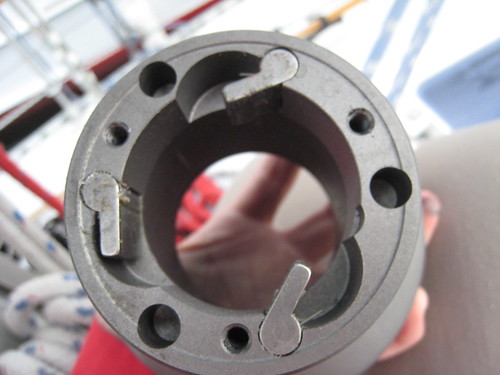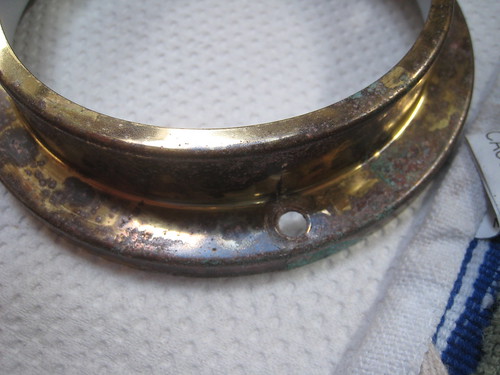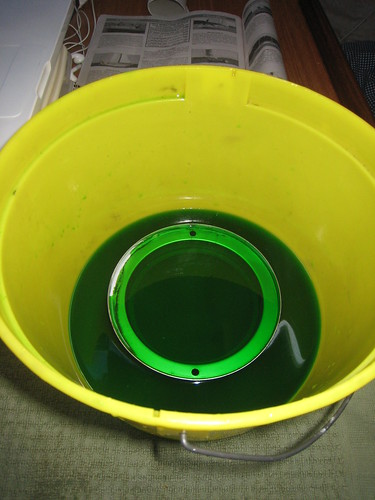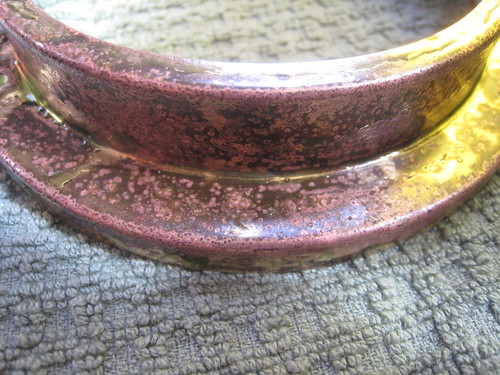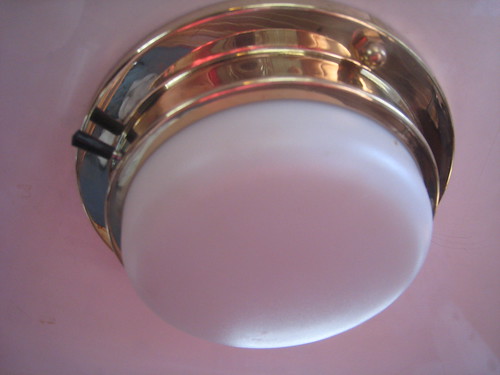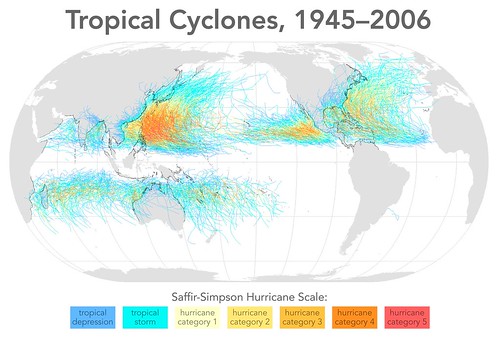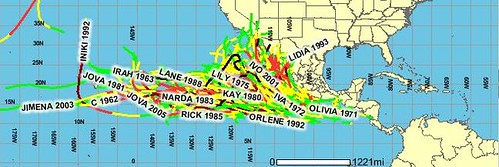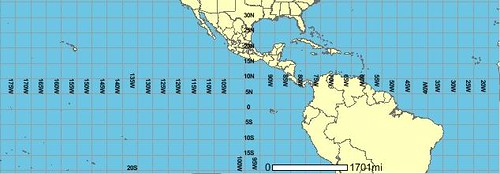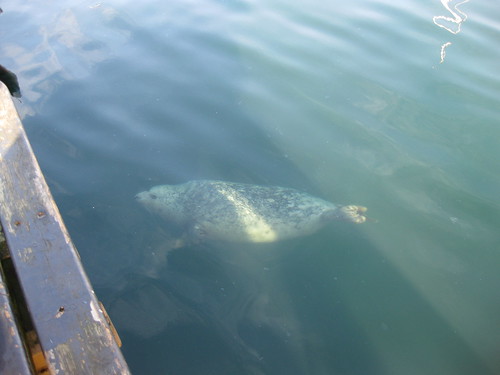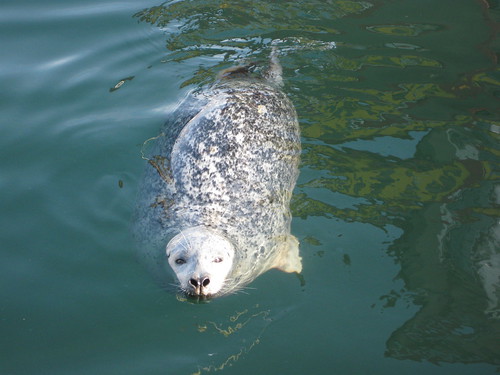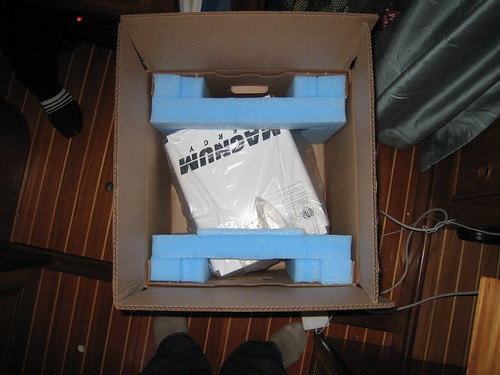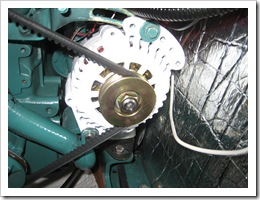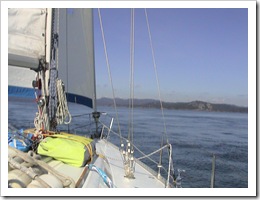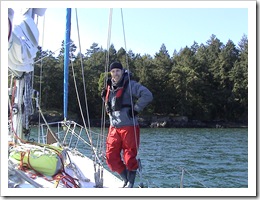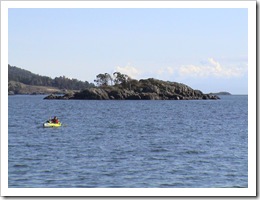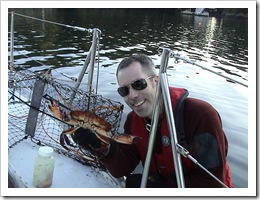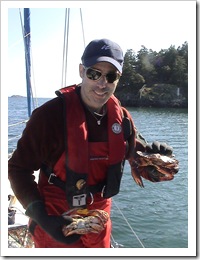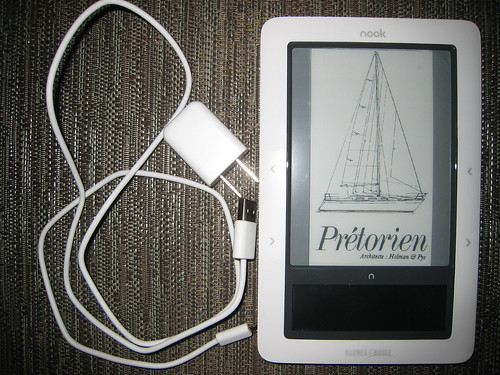We are crossing the equator!
On our to do list in March is a virtual passage from Mexico to the Marqueses.
For friends and family, the Marqueses are often the first landfall in the Pacific Crossing after leaving N or Central America and are basically south of Hawaii -- far south.
We wanted to complete the virtual passage close to the month that we will someday be making it (thus March) but we also have a lot on our plates in April so we chose to leave March 1 even though that is earlier than we would probably choose to leave on the actual passage.
Our goal was to learn about this route in particular but more importantly weather and routing in general.
There was a lot to learn before we could even choose an approximate course. We used Jimmy Cornell's World Cruising Routes, the Pacific Puddlejump weather files to add to what we already knew of the weather and current patterns, weather seasons, and general routing choices.
As a general routing plan, we chose to leave from Cabo San Lucas, head toward 05 N, 125 W, then head south until we hit the SE trade winds (somewhere south of the equator) and from there head the remaining distance SW.
Carol and I each have a boat. We are using Passage Weather for wind and wave forecasts and each decided, based on the forecast, whether we were ready to leave (we were) and once we left, what direction we are heading each 24 hour period.
We made a bunch of arbitrary and unrealistic decisions on how to decide what happened in a 24 hour period. For example, we don't change course during the 24 hour period and we check in with ASCAT satellite weather for current conditions once per day whenever it is convenient and decided that whatever it shows right then is "what had happened" for the previous 24 hours period.
We also decided that our boat would not be able to move in wind less than 3 knots, that we would make 1/2 the wind speed up to a max speed of 7 knots and that on a run (wind behind us) we would take 1/2 the true wind and average it with 1/2 the true wind minus that speed. Then we multiplied that speed over the 24 hours and corrected for any currents over .5 knots using OSCAR. For example, on a run in 17 knots of wind, we take 8.5 knots (1/2 true wind) averaged with 4.5kn (true wind - 8.5 knots) for 6.5 kn over 24 hours for 156nm.
We also decided to complete ignore the slowing effect of waves because we are relatively inexperienced on exactly how much that will slow our progress in which conditions and also it was too complicated for this exercise. We already feel like we were squeezing this in between more important projects but have committed to making certain that our personal preparation is a priority with equal standing to boat preparation...so we are making it happen.
As of today, both of our boats are poised 12 miles above the equator. The line that has 4 points only is the "planned route" and my boat is the boat North of that line and Carol's was South of it and is now on it.
It is a nautical tradition to celebrate the first crossing of the equator by boat in a ceremony for Neptune in which the uninitiated (tadpoles) become initiated (shellbacks). As far as I can tell in various settings this involves either hazing, drinking, or just generally staring at the GPS as you pass 1N to 0 and start into the "S" section of latitude. There is, of course, nothing else to see to mark the occasion because you are in the middle of the ocean.
We have a bottle of champagne ready...and it ain't virtual!
